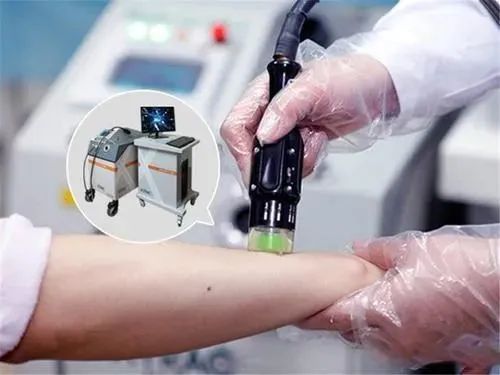[Vitiligo Phototherapy Guide] The Higher the phototherapy dose, the faster the repigmentation?

Phototherapy is currently a effective method for treating vitiligo, but regarding the dose and frequency of phototherapy, is there a misunderstanding that the higher the time, the better the effect? Let’s explore it together.
Although Phototherapy is Good, the Dose and Time Must be Appropriate:
Phototherapy is indeed a useful tool in the treatment of vitiligo, but it does not mean that the higher the dose and the more times it is used, the better the effect will be. In order to avoid ineffective and excessive phototherapy, professional treatment will conduct MED testing (Minimal Erythema Dose) before patients receive phototherapy.
This test can help determine the dose required to produce visible erythema within 24 hours of exposure to a specific light source and distance in a specific individual.
How to Judge Whether the Phototherapy Dose is Appropriate?
1. If the white patches appear slightly pink after phototherapy and disappear within 24-48 hours, it means that the dose is appropriate.
2. If the white patches do not respond, the dose can be increased by 10-20% appropriately.
3. If the white patches appear deep red, swollen, painful, or even blistered or bullae after irradiation, and the erythema does not subside for more than 3-4 days, it means the dose is too high. At this time, phototherapy should be suspended and local symptomatic treatment should be performed. After the erythema subsides, the dose should be reduced and phototherapy should be restarted.
The effects and time after phototherapy vary from person to person
The time it takes for vitiligo patients to take effect after phototherapy varies from person to person, and is related to skin sensitivity, the location of the white patches, and the frequency of treatment.
1. The head, face, and trunk will be more effective than the limbs and extremities. Some patients' skin will become red after exposure to light, and then their skin color will gradually return to normal. Some patients may not respond at the initial stage of irradiation, but as the dose increases, pigment spots may appear on the hair follicles to form pigment islands.
2. Adverse reactions such as hyperpigmentation, skin erythema, and blisters may occur after excessive phototherapy, but they are generally mild and can be relieved after take care of them.
3. Some patients have obvious phototherapy effects in the early stage, but later only have erythema reaction without an increase in pigment. This may be because they have entered the tolerance plateau period. At this time, phototherapy can be temporarily stopped and restarted after a period of time, or photosensitizing drugs can be used to increase light sensitivity.
Summarize:
Treatment of vitiligo needs to be carried out as early as possible, as early treatment will lead to faster re-pigmentation. Phototherapy is an effective method for treating vitiligo, but the dosage and time need to be controlled correctly. We hope that every patient can find a phototherapy plan that suits him or her under the guidance of a professional doctor.



Leave a Comment